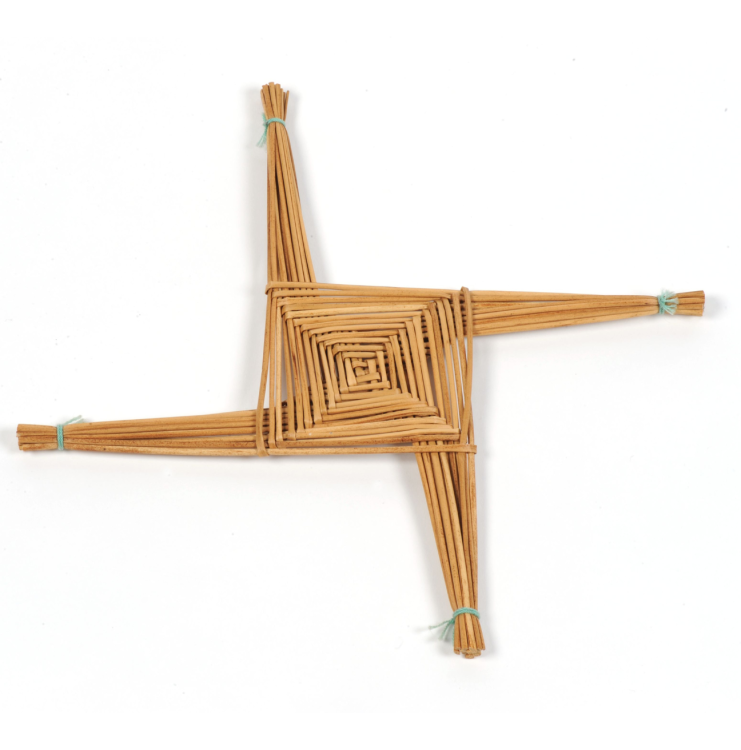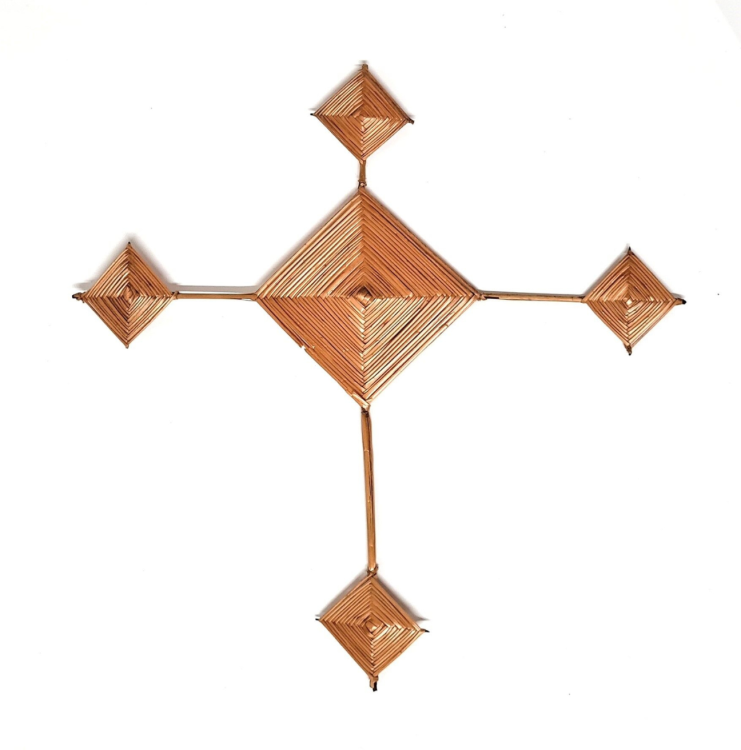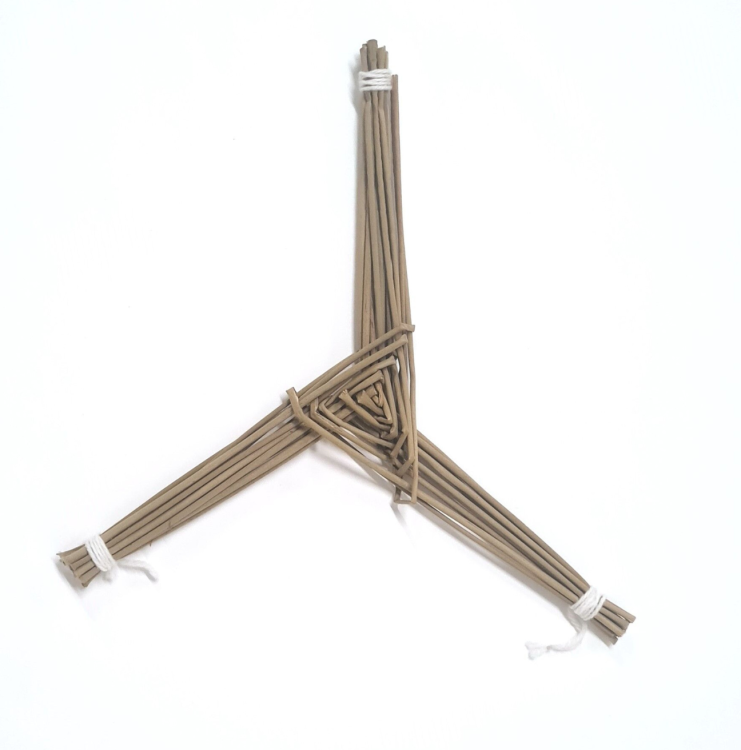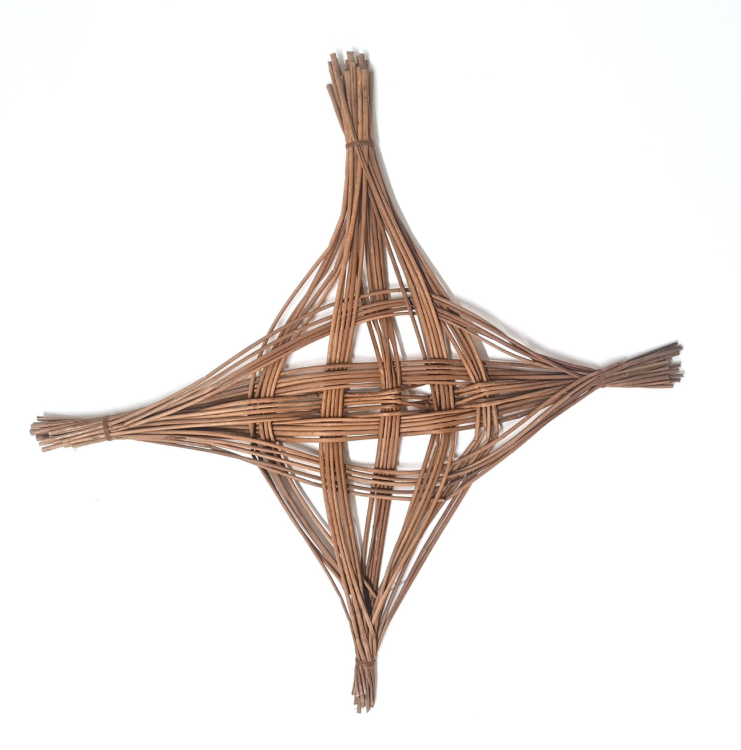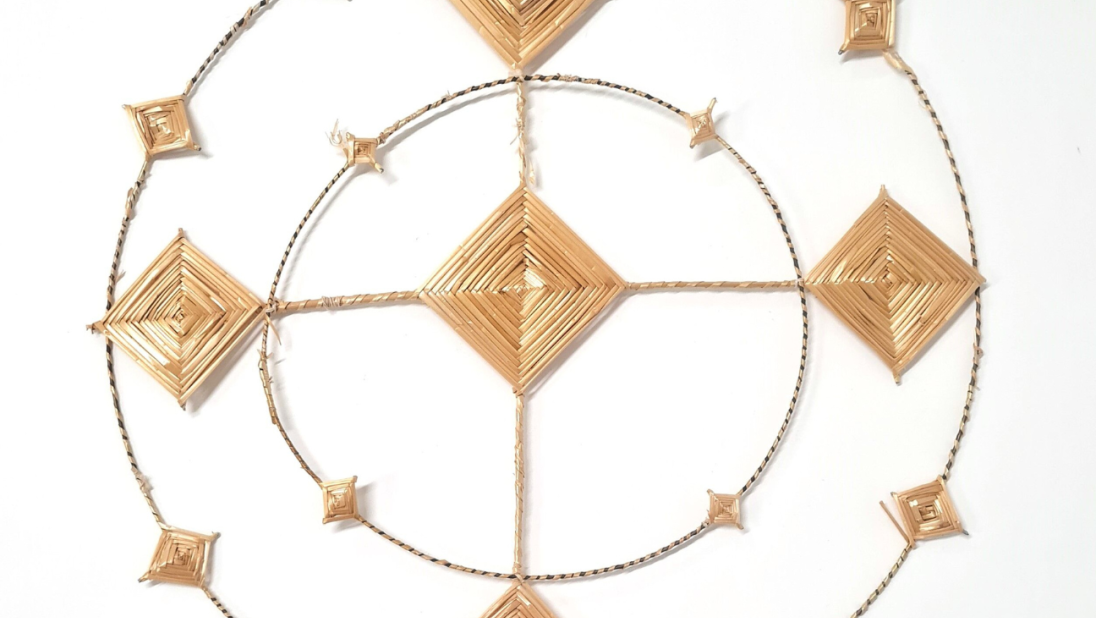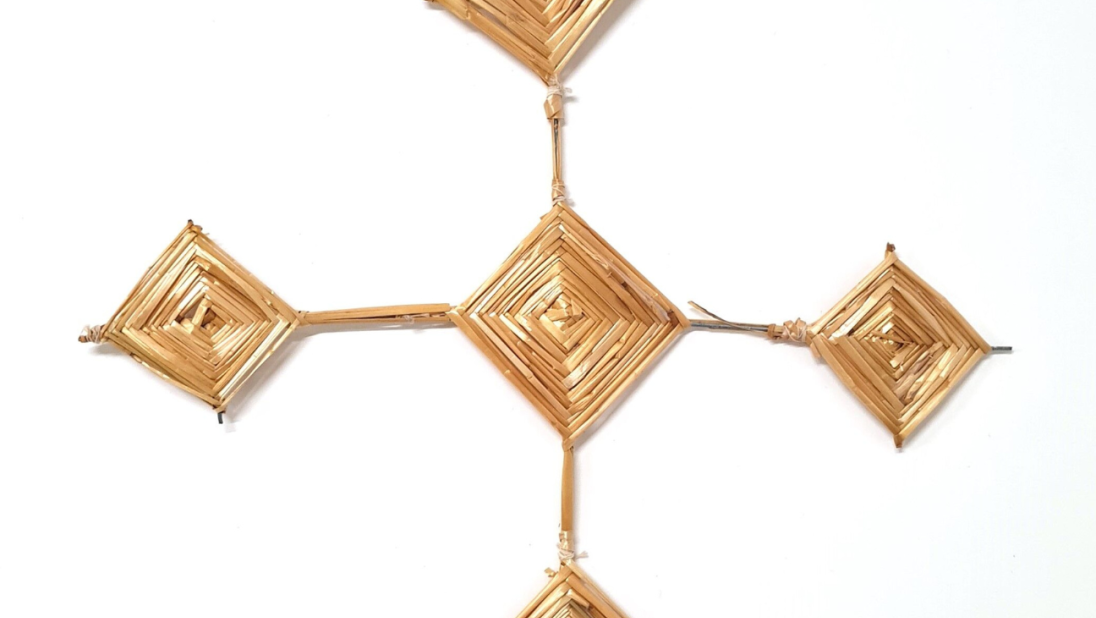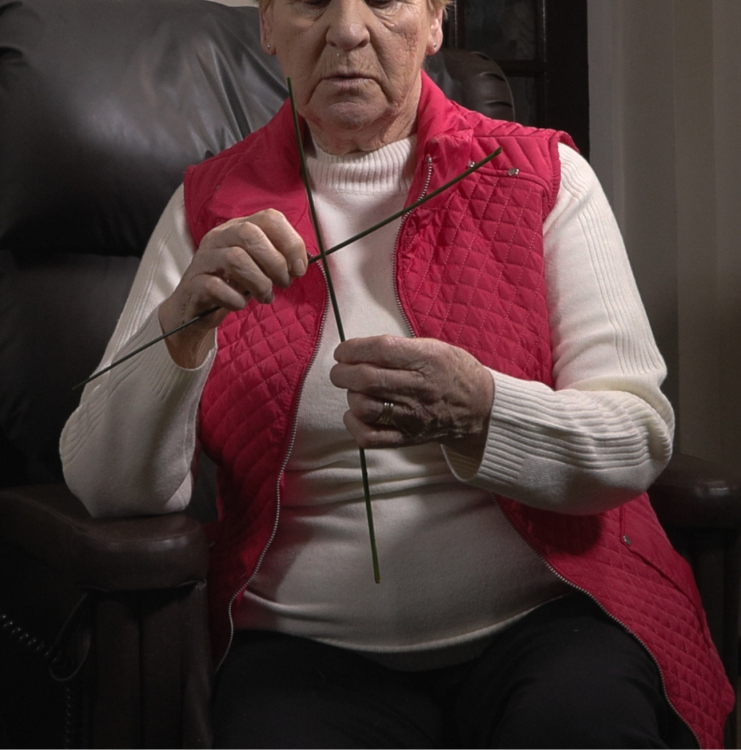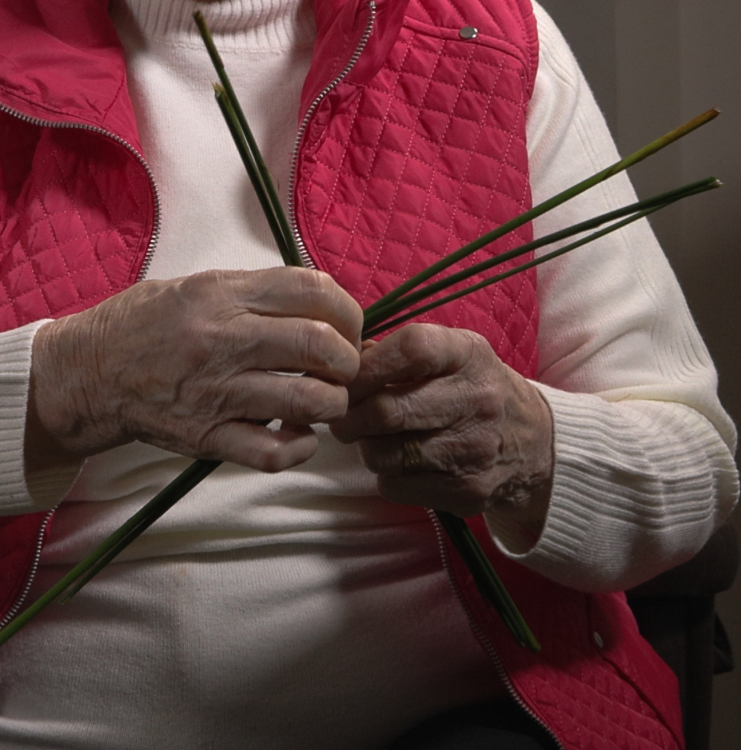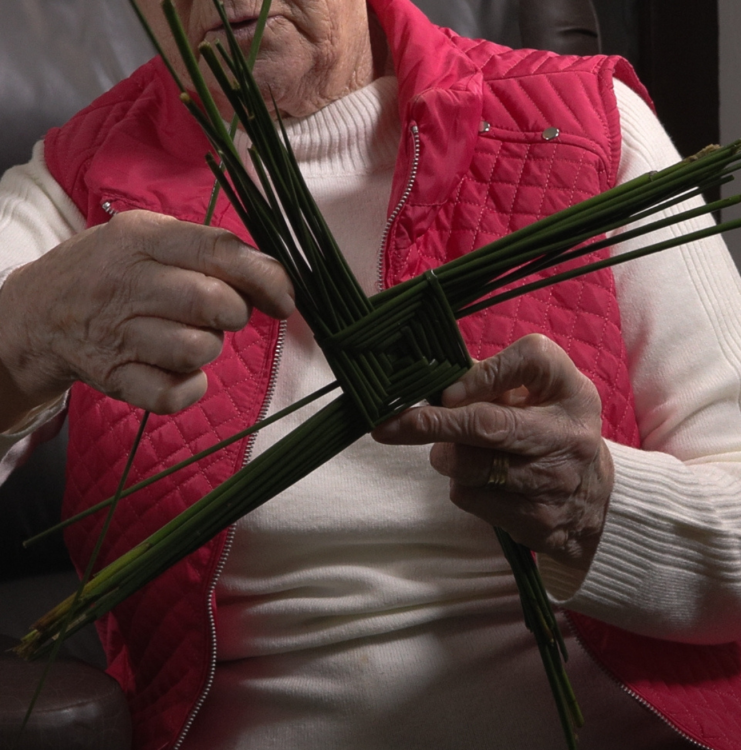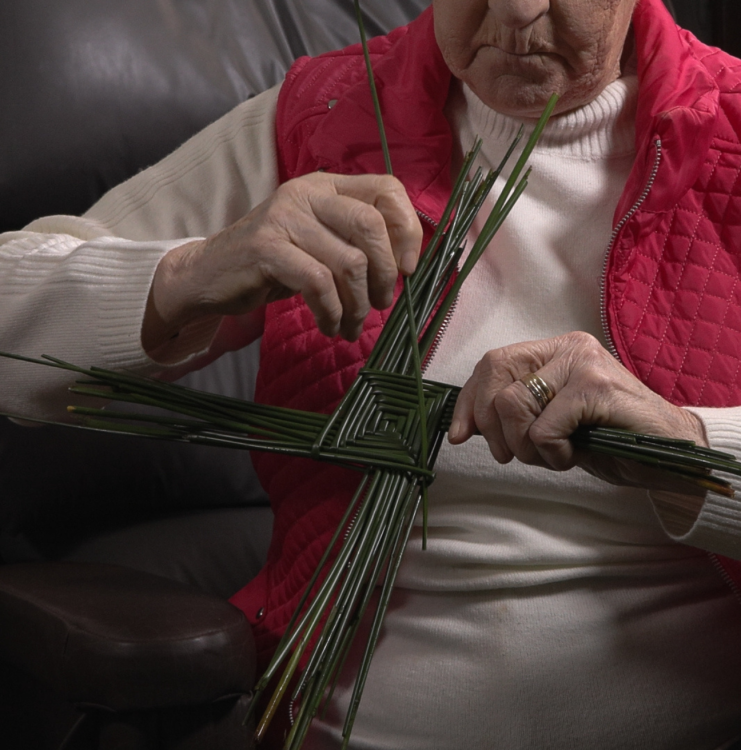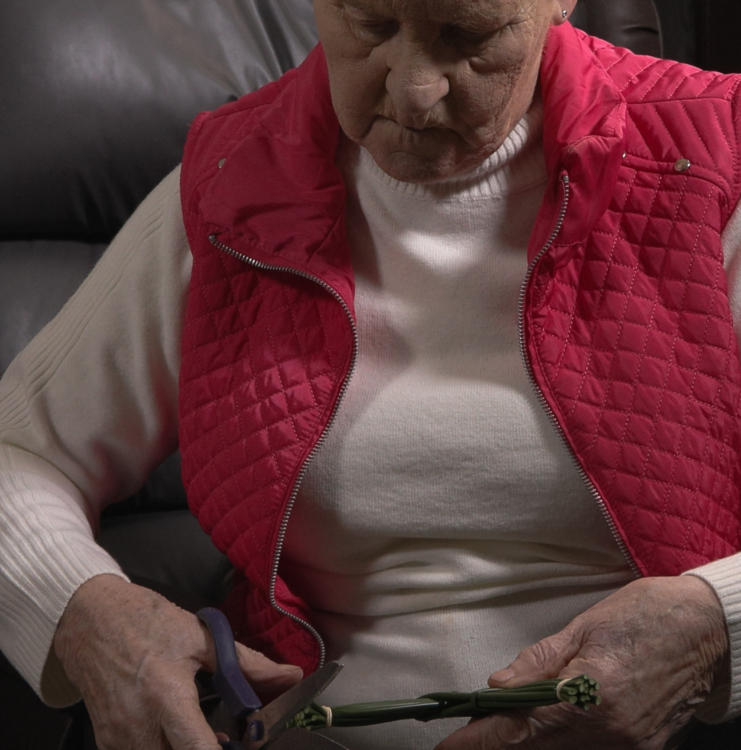
Who was St. Brigid?
St. Brigid was born in the fifth century in Faughart, Co. Louth, about ten minutes from what is now the Northern Irish border. It is believed she was born on the first of February and that she also died on the first of February. Different versions of her life exist, but the consistent stories tell us that one of her parents was baptised a Christian by St. Patrick himself. She was known for her charitable and kind nature. She became a nun and aspired to build a church. She was initially denied land for her church, but was later granted 'only the amount of land that her cloak covered'. A miracle is said to have occurred when her cloak grew and grew until it reached a sufficient size for a church to be built on.
St. Brigid's Day also celebrates the pagan Celtic goddess Brigit, or Brig as she was known, of pre-Christian Ireland. Her feast day, February 1st, marked Imbolc, the festival of spring. Marking saint days in line with pagan festivals was seen as a way of easing the transition from folk religions to Christianity.
St. Brigid is known as the patron saint of livestock, babies, new mothers and nuns, as well as others.

St. Brigid's Crosses
It is said St. Brigid made a cross from rushes or reeds to explain Christianity, much like St. Patrick used the shamrock to explain the Holy Trinity. Celebrations of St. Brigid's Day throughout Ireland traditionally involve making crosses from rushes, reeds or even straw on St. Brigid's Eve. By placing a cross above your main door, it was said that St. Brigid would not allow any harm or evil spirit to pass the protective charm of her cross. The cross also provided protection to the household from fire and other dangers as well as blessing the thrashing and the cattle. It is said that the rushes you gather for your cross must be pulled, not cut, on St. Brigid's Eve.
There are many different types of St. Brigid's crosses: four-legged, three-legged, chalice style, even Bridie straw dolls were made in certain regions of Ireland.
How to Make a Cross
Begin with the first reed and then fold the second in half and wrap it around the centre of the first reed. Then, holding the two reeds in the centre, rotate clockwise 45 degrees. Fold another reed in half and again wrap it around the centre of the first reed. Rotate clockwise again and repeat until you can see your cross formed. Tie off the ends with some straw or string.
Una Casey
While undertaking research into St. Brigid's crosses, Curator of History Fiona Byrne came across a St. Brigid’s cross in our library. It was a duplicate of one accessioned in our collection. It was stamped 'Made by Una Casey, Kilcurry', on the reverse. Kilcurry is the home of St. Brigid’s Church, near Faughart, where St. Brigid is reputed to have been born.

The cross made by Una Casey was accessioned into our collection 1976; it had been donated by the Curator of Armagh County Museum. Armagh County Museum have a few examples of Una Casey's crosses on display which were made in the late 1950s. After making enquiries, Fiona was able to arrange an oral history interview with Una. Says Fiona,
Last year, January 2023, we decided to explore St. Brigid’s Shrine in Faughart, visit the old graveyard on the site where she was said to have been born and see the relic of St. Brigid in St. Brigid’s Church. Una lives close by and welcomed us into her home to show us a selection of crosses she had made over the years and told us stories about making them for the local schools, for famous people and anyone who asked her for one!
She told us about making thousands of crosses for over seven decades. She became well-known in the Louth area for making them. She made them as wedding presents for local brides, and it turns out that my Nanny asked for her to make a cross for my aunt when she was getting married over 45 years ago. This cross is still on display by her front door.
Una showed us how to make a cross and explained her four-seven technique that she follows, which to her represents the 28 days of February. She always inserts an extra rush when it is a leap year. She made us some crosses and we were delighted to have another cross made by Una and passed one to Armagh County Museum.
You can watch Fiona's interview with Una below:
